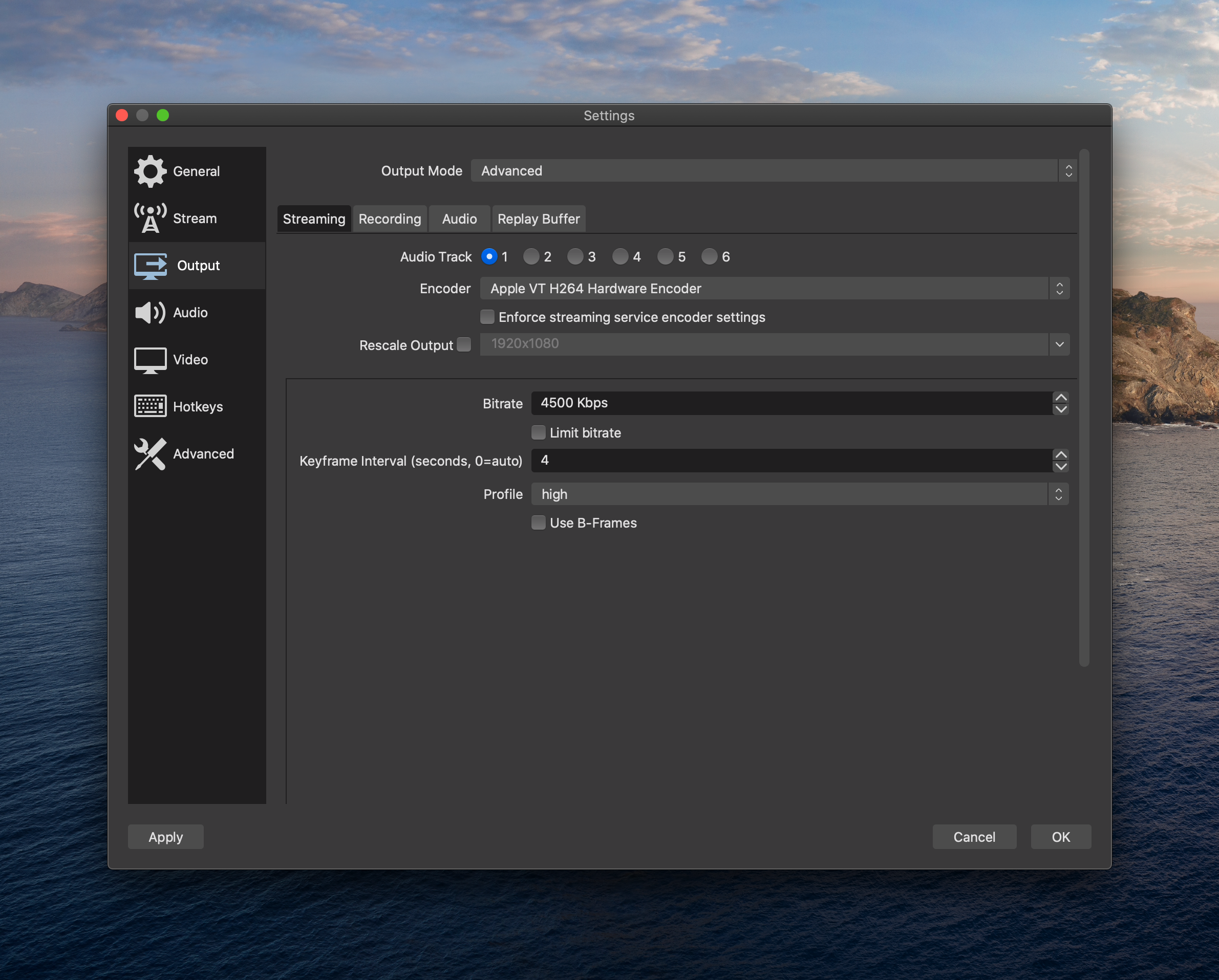
The setup process for OBS is both simpler and more complicated than the setup for XSplit - while the initial download and run installer work in its favor, OBS requires much more tweaking to ensure the best stream quality for your audience. This also means that bugs are usually caught and fixed quickly, and it’s usually the first program to get new updates. But, in my search for the best combination of options and features from free software, I decided to move on to a different program: Open Broadcaster Software.Īptly named, OBS is open source, which means that power users can code their own plugins and casual users can download and use them. It’s a solid piece of software and has received numerous updates since I first tried it.

I promptly stopped dual-streaming to Facebook. One of the stipulations that many streamers miss in the Twitch Affiliate contract is that Twitch owns the exclusive rights to every one of their streams for 24 hours, which means that everything, including clips, cannot be uploaded or streamed on another platform. Without getting too off-topic, I’m going to remind everyone of the importance of reading contracts. Then I qualified for the Twitch Affiliate program. When I first started, I got set up on Twitch, then decided to maximize my potential audience by creating a Facebook page and streaming to both sites simultaneously, though not with XSplit, as streaming to multiple sources is a premium feature. Also, while XSplit allows for higher framerate settings, Twitch, Facebook Gaming, and YouTube all recommend streaming at no higher than 60fps. For example, Twitch does not support 4k resolution in streams while YouTube, on the other hand, does.

It’s also important to note that the features differ on each platform. And unless you pay for an XSplit subscription, you’ll only be able to stream to a single platform, and quality levels will be capped at 720p and 30fps. That said, XSplit requires you to either create an account or sign in with an existing social media account.


 0 kommentar(er)
0 kommentar(er)
